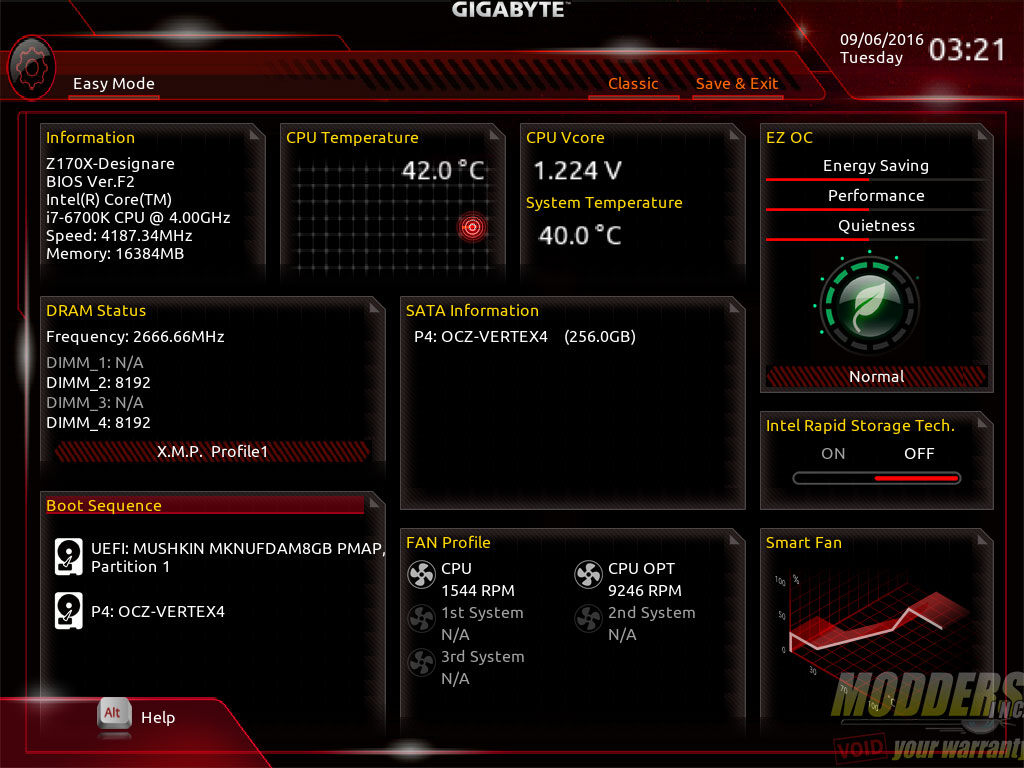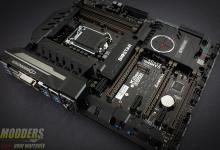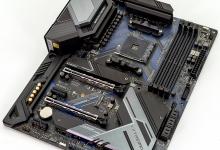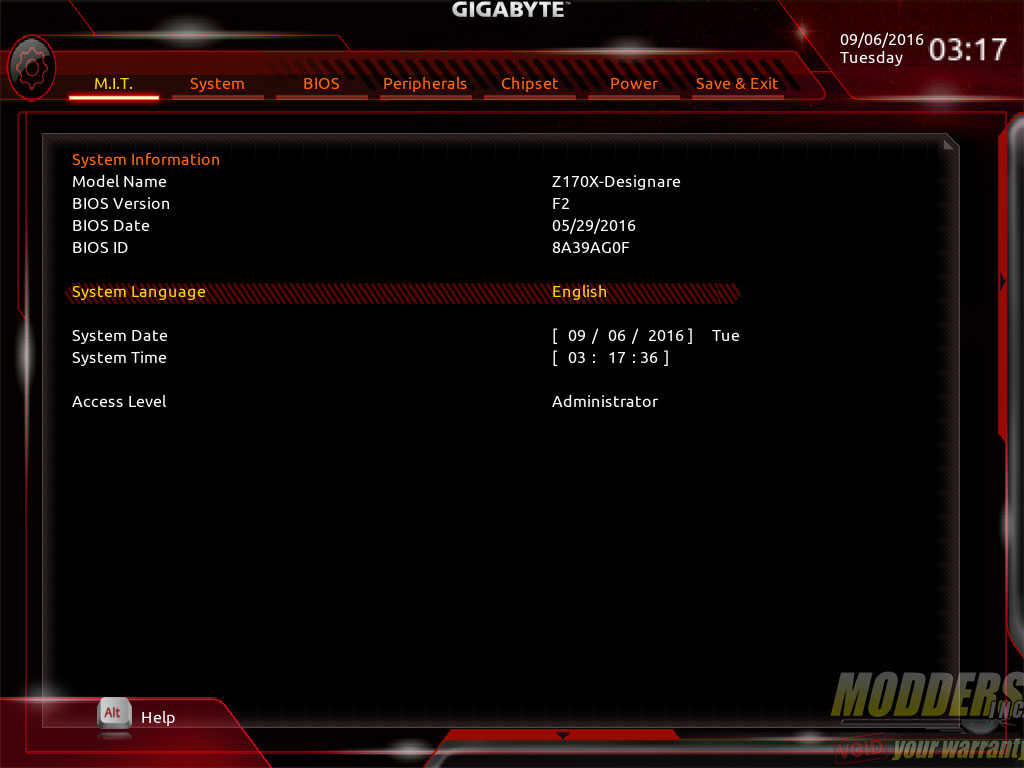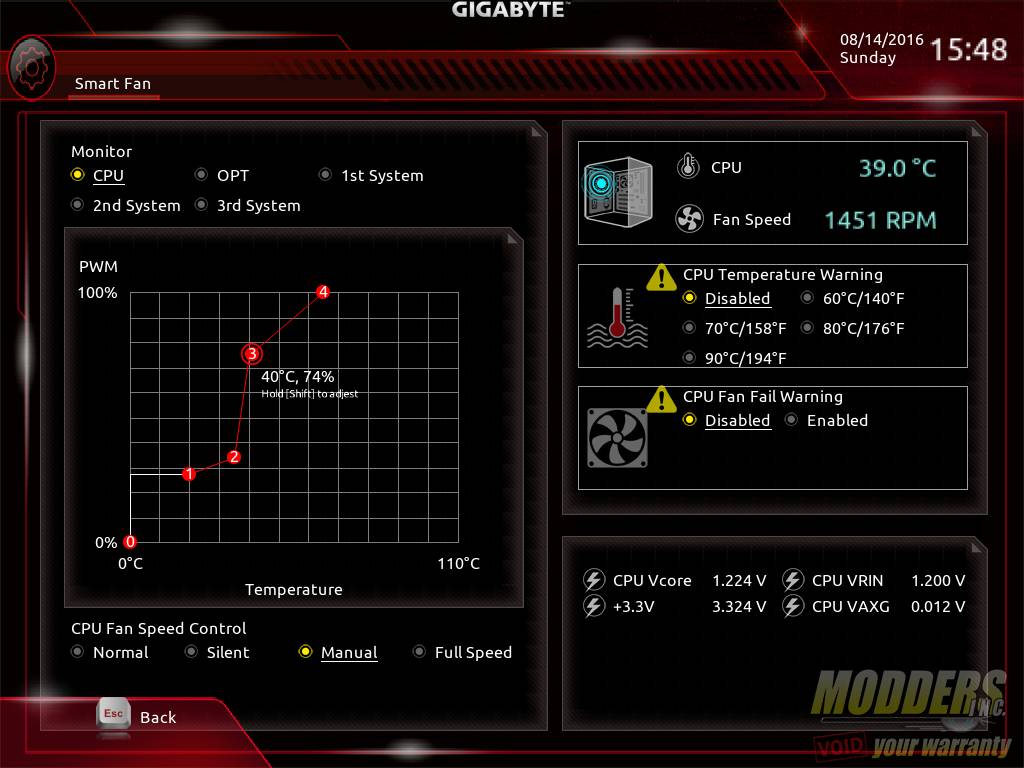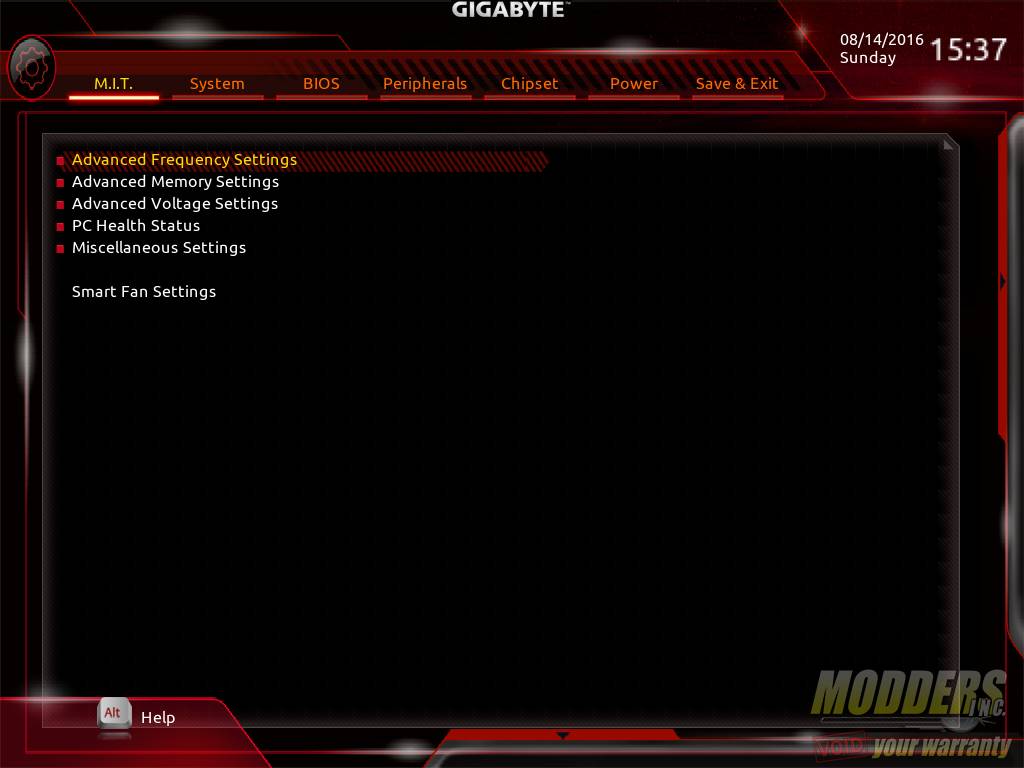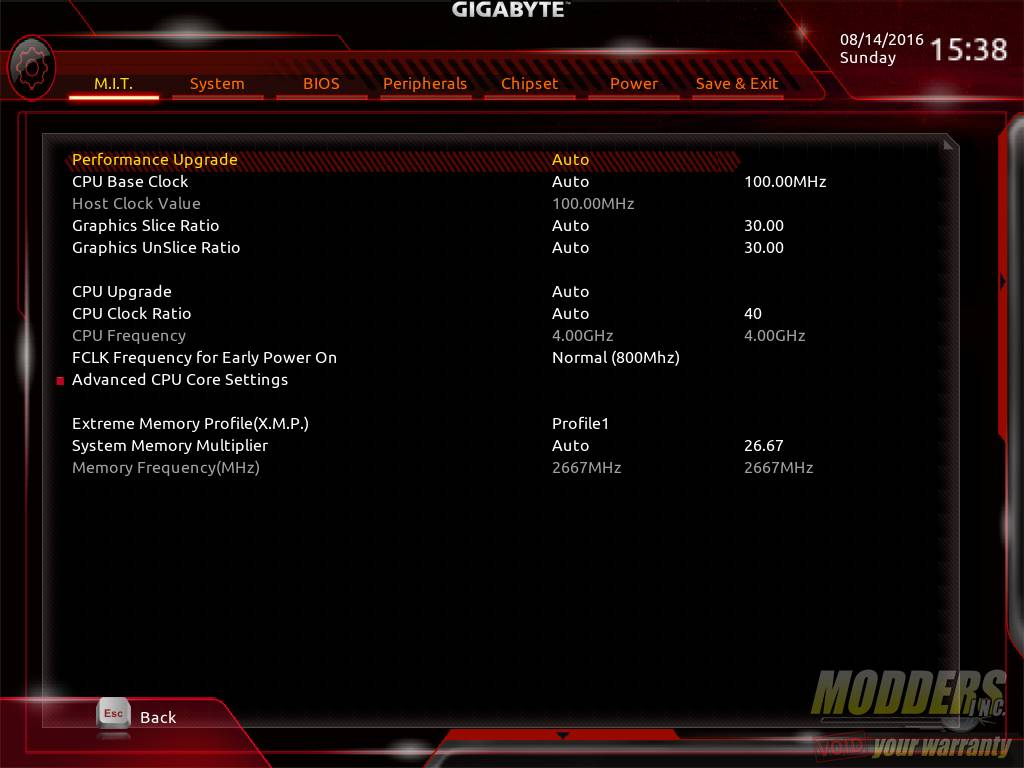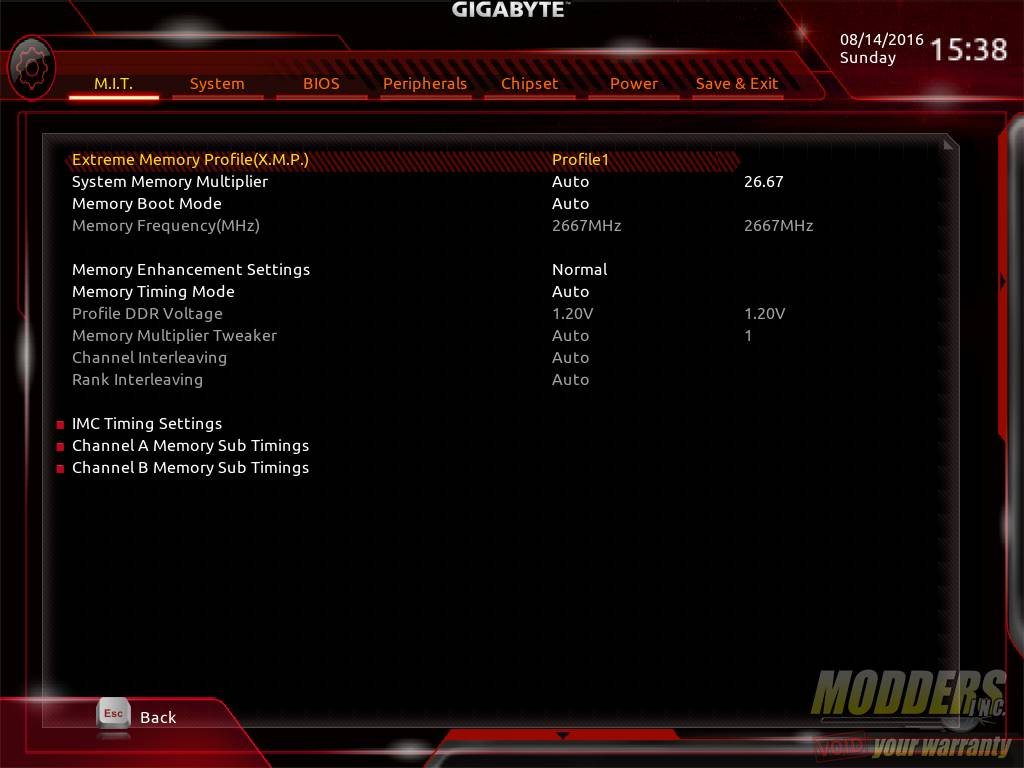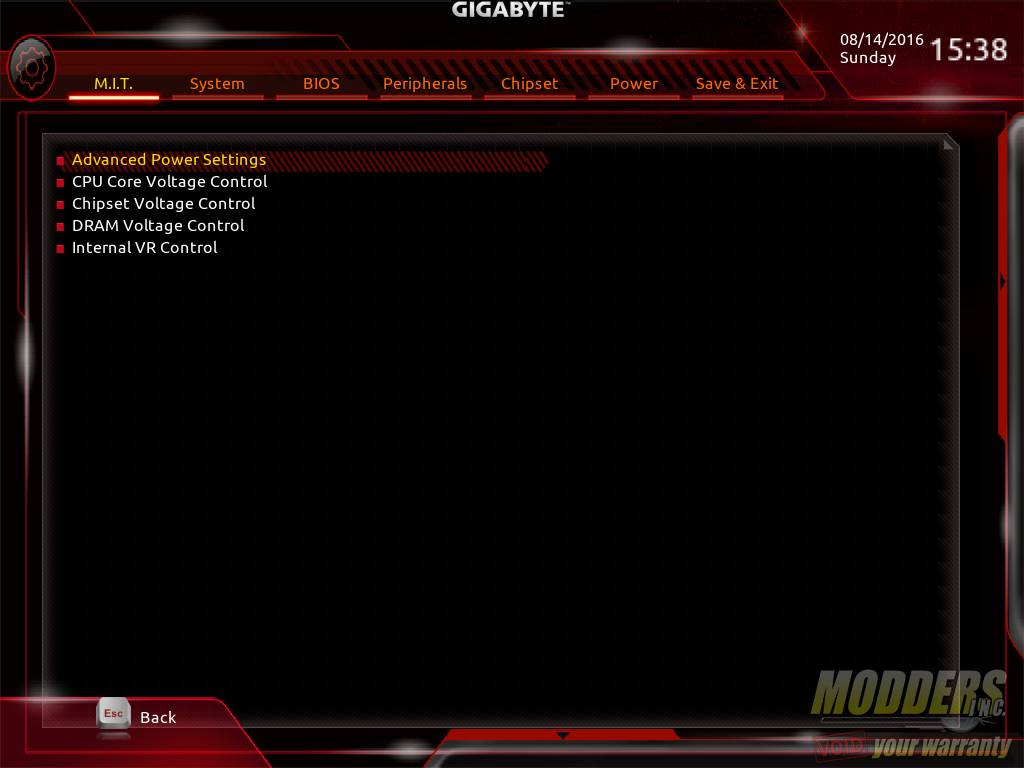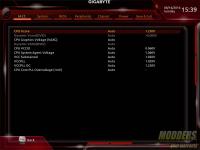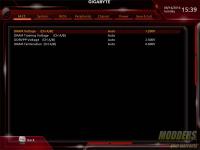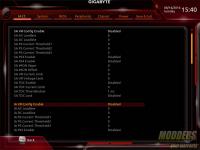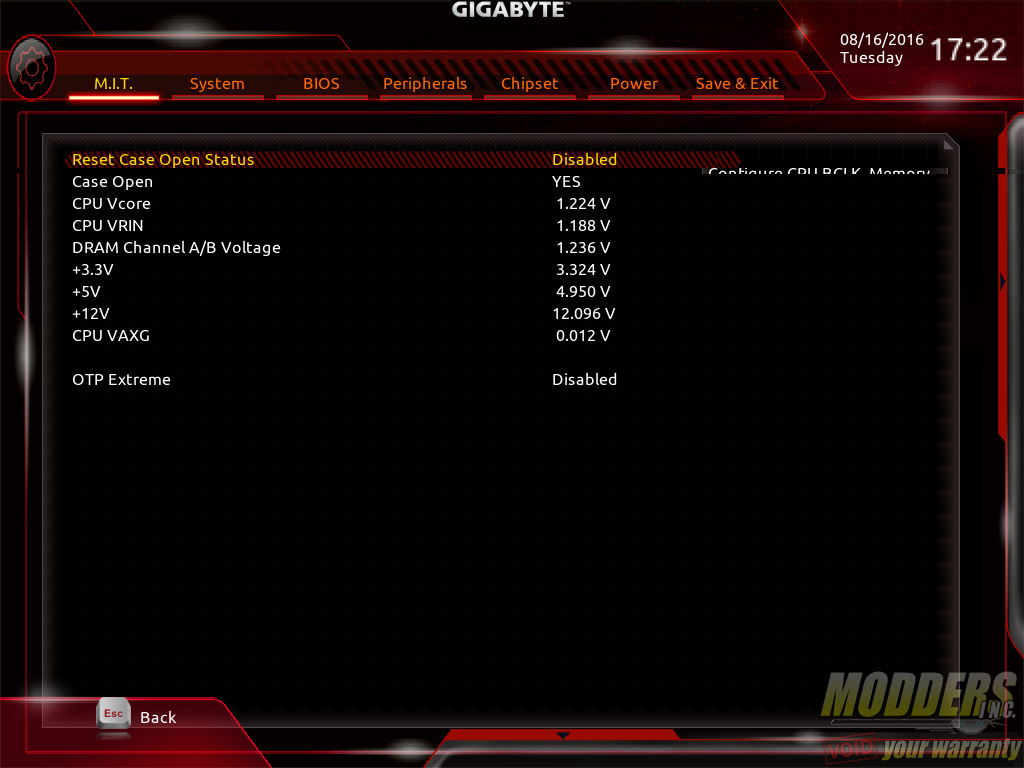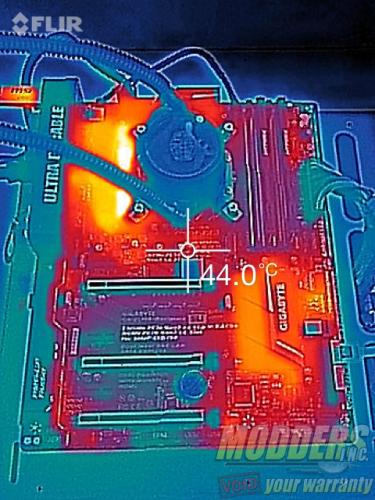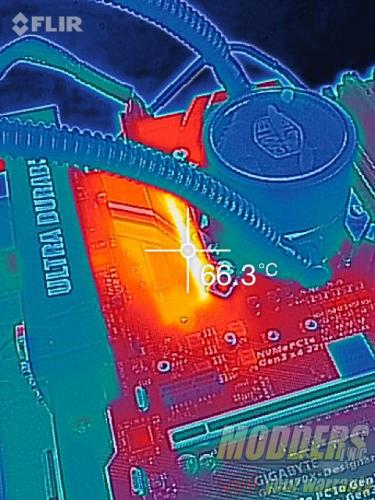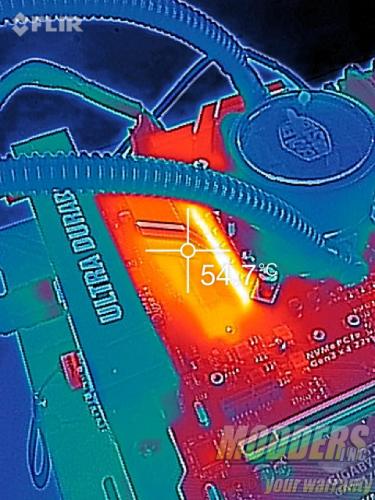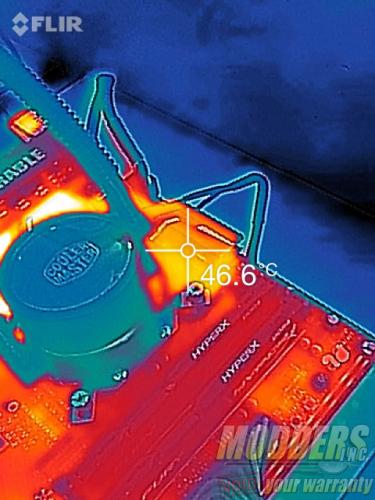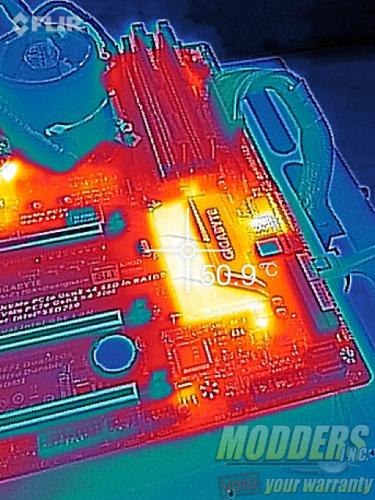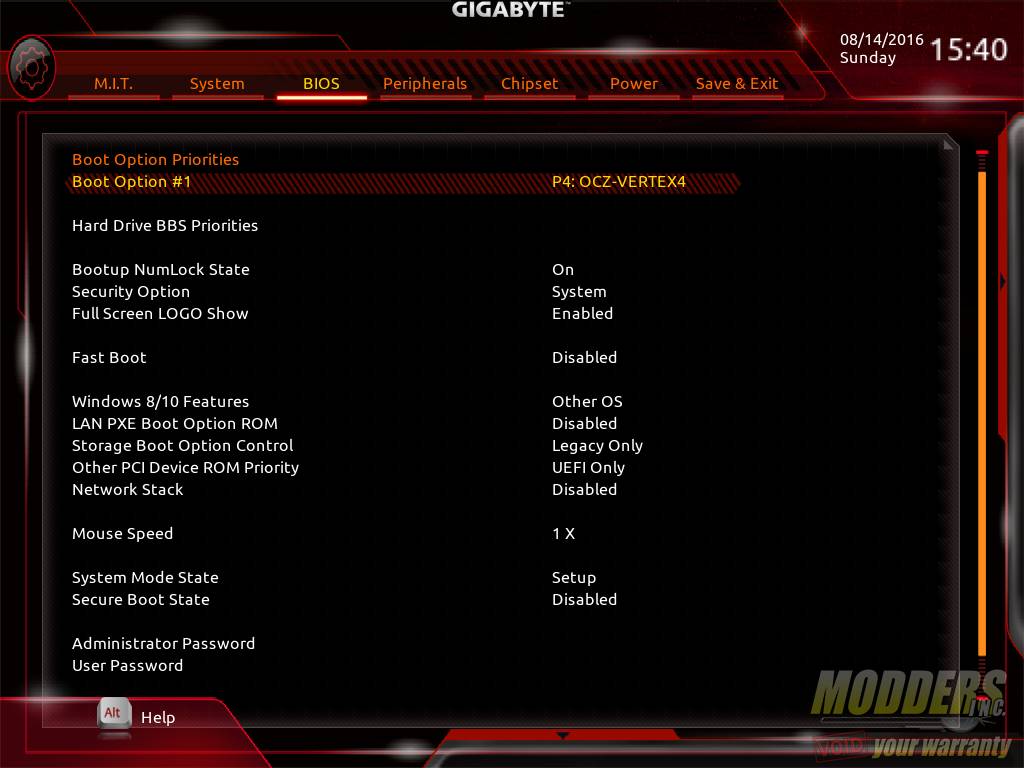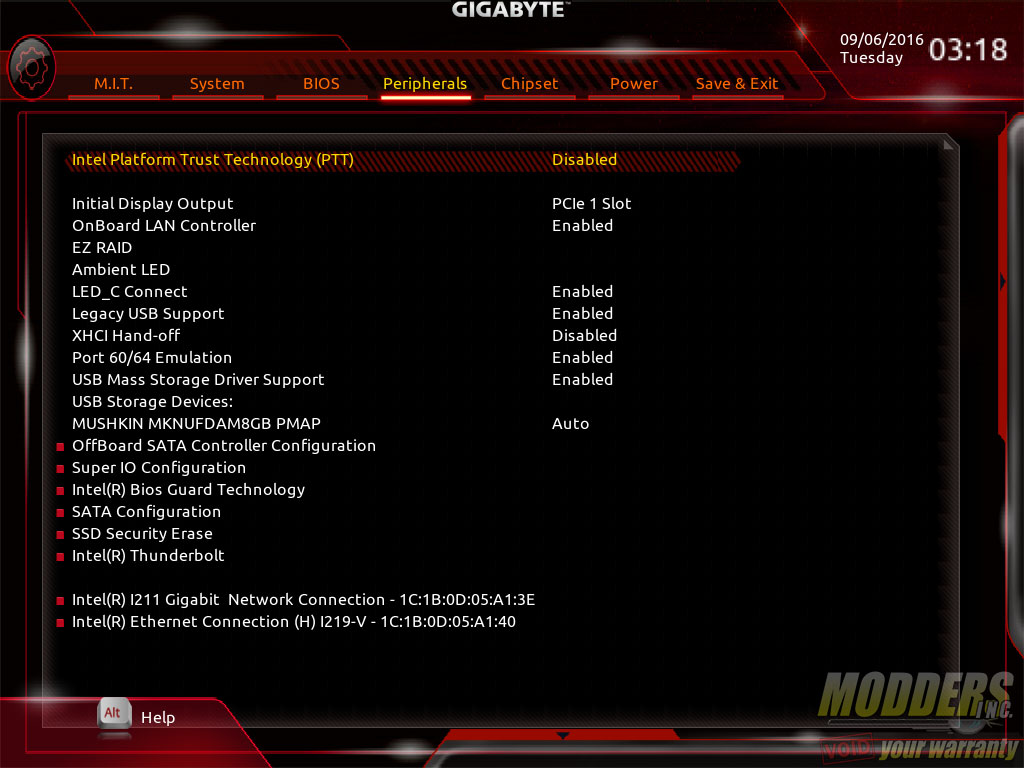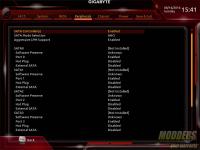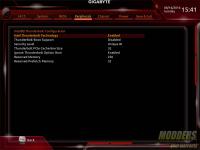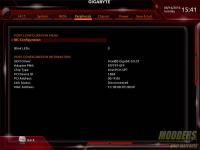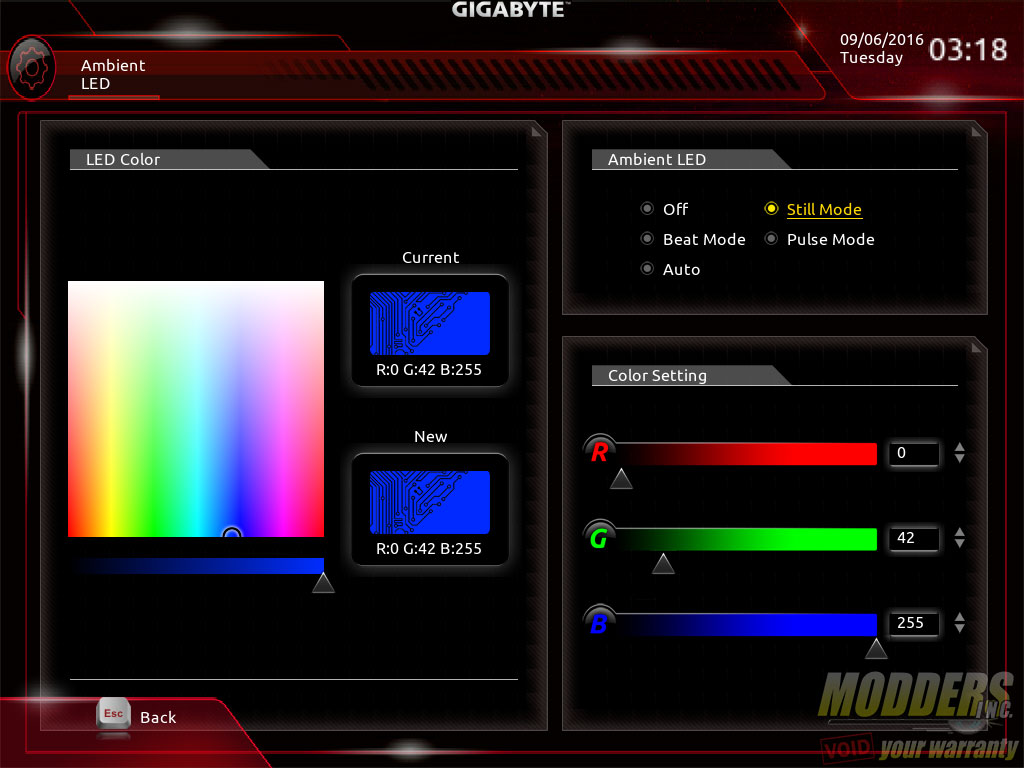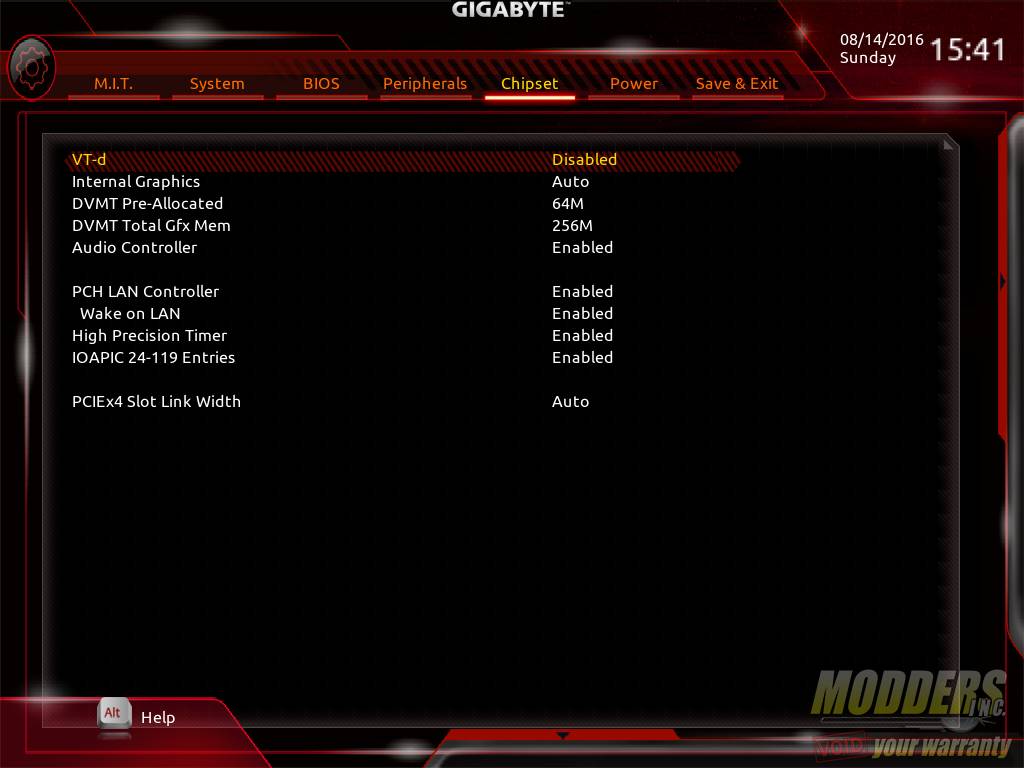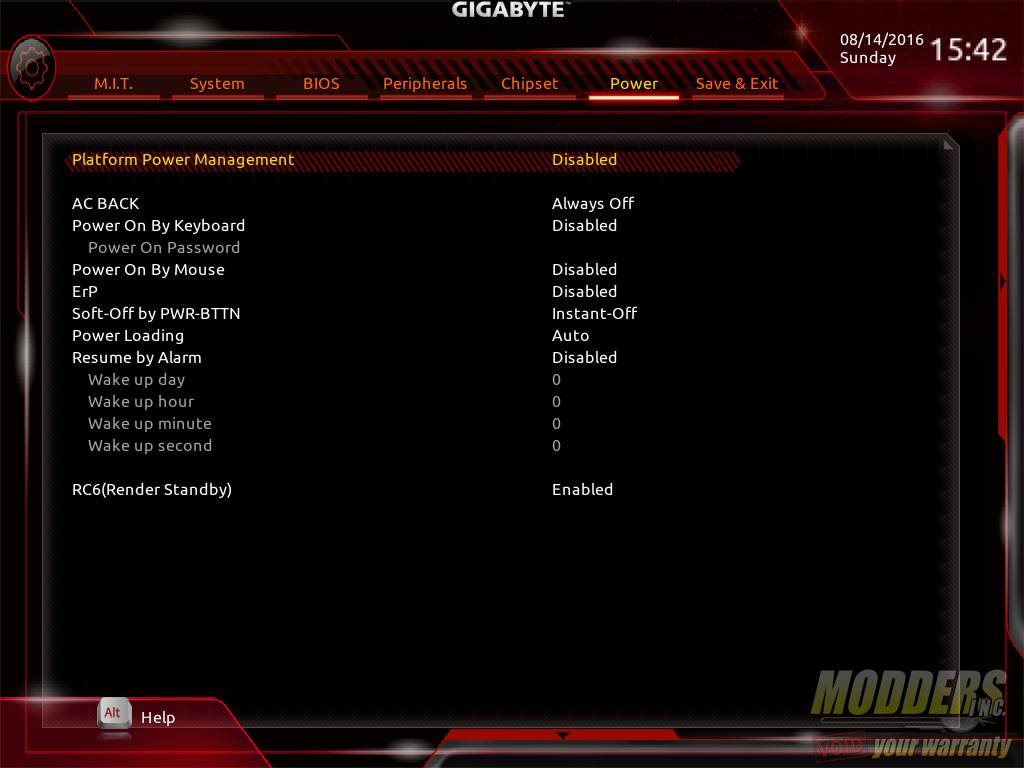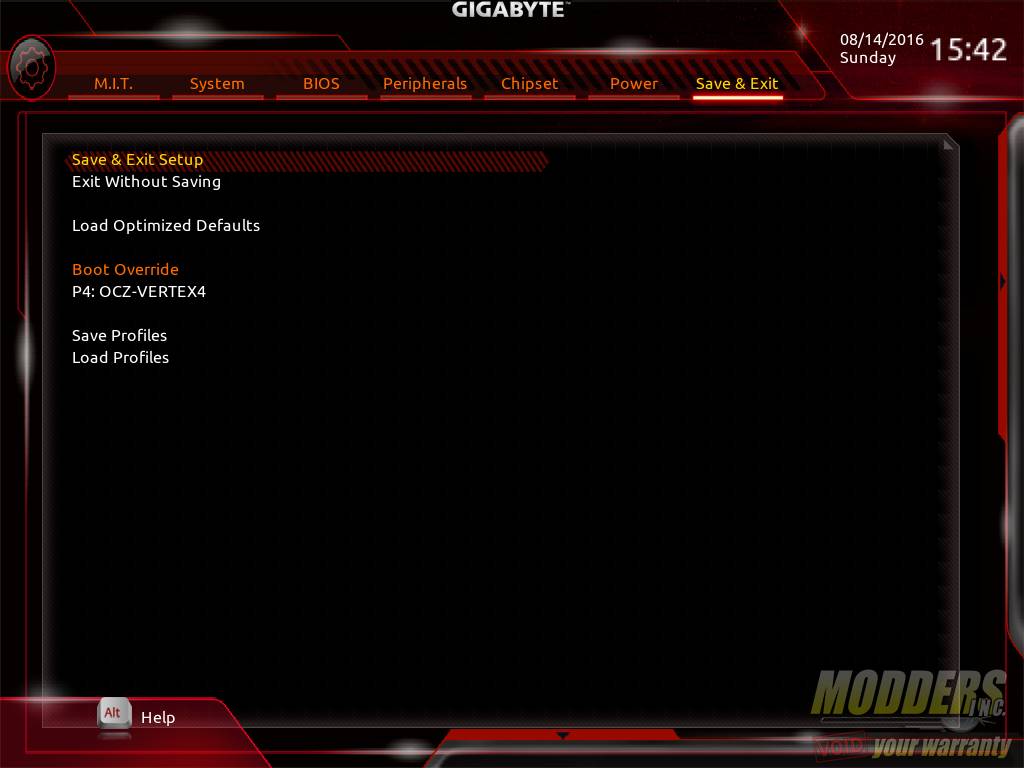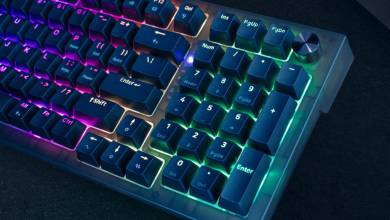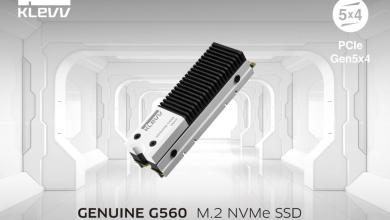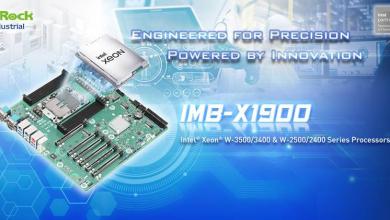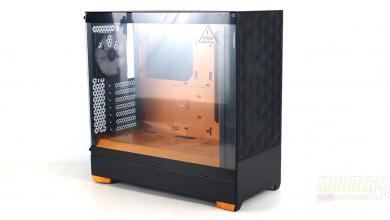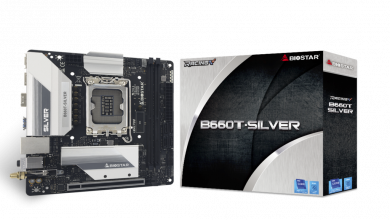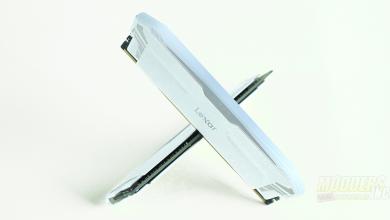Gigabyte Z170X-Designare Review: A Playful Practicality
UEFI Overview and Overclocking
This UEFI overview shows the F2 BIOS (latest non-beta version) available at the time of review (last week of August 2016). Gigabyte has once again revised their UEFI layout, now simplifying it even further for convenience. Two layouts come standard with the new UEFI. With the F2 BIOS on the Z170X-Designare, the default is in classic mode, but users can switch to Easy Mode with a quick click.
Easy Mode:
This Easy Mode shows a single page overview of basic customizable settings as well as a quick monitoring of CPU, system temperature and plugged-in components. Each setting can be expanded with the click of the top right corner of each tab.
Classic mode:
The first default screen is the System Information tab. No information can be changed here other than system language, access level as well as date and time. This is actually the second tab in the Classic mode menu. A hidden menu showing the current system settings are also available to the right and other embedded UEFI features are accessible via a hidden menu on the bottom.
The Smart Fan options are also new, now providing a graphical custom fan curve for users to adjust plugged in fans. As noted in the overview, only the CPU_OPT and SYS_FAN2 headers have DC voltage control for 3-pin fans.
The Motherboard Intelligent Tweaker or M.I.T. tab is where users can overclock their CPU from. All the overclocking settings you need are in this tab including fan control for keeping the thermal levels in check. There are six sub-menus for adjustments here including a redundant Smart Fan settings option.
M.I.T.\Advanced Frequency Settings>:This is where overclocking values are changed with options to adjust CPU Base Clock, Integrated Graphics Slice and Unslice ratios , Memory multiplier and a sub-menu for enabling or disabling CPU-specific features. Users can use the PAGE UP or PAGE DOWN keys to increase or decrease values or just simply enter numerical values directly. There is a Performance Upgrade preset (up to 4.7GHz) and CPU Upgrade preset for quick overclocking up to 4.6GHz on the i7-6700K (and some presets for i5-6600K as well). Maximum BCLK adjustment is 500 from 80 and adjustable in 0.01 steps.
M.I.T.\Advanced Memory Settings>: This is the page for memory overclocking and timing adjustment and allows for memory divider setting up to 4133MHz
M.I.T.\Advanced Voltage Settings>: This page is for adjusting all the voltage related settings and there are five sub-menus to choose from depending on what to adjust. Advanced Power Settings is where Load Line Calibration is adjusted for the CPU and IGP (AUTO, Standard, High and Turbo).
M.I.T.\PC Health Status>: This page contains voltage and fan speed readouts via the SuperIO.
M.I.T.\Miscellaneous Options >: This page only contains two options: Max link speed for PCI-E graphics and 3DMark 01 Enhancement toggle.
Despite the modest VRM, its not really a problem hitting the usual 4.8GHz @ 1.4V target I use with integrated graphics. This is a reasonable target for high-end aircooling but anything higher requires a considerably powerful cooler. Even the Cooler Master MasterLiquid 240mm AIO I use was not enough and cannot handle the 15 minute load (hits temperature limit after 10 minutes), but a more capable CPU cooler can handle it.
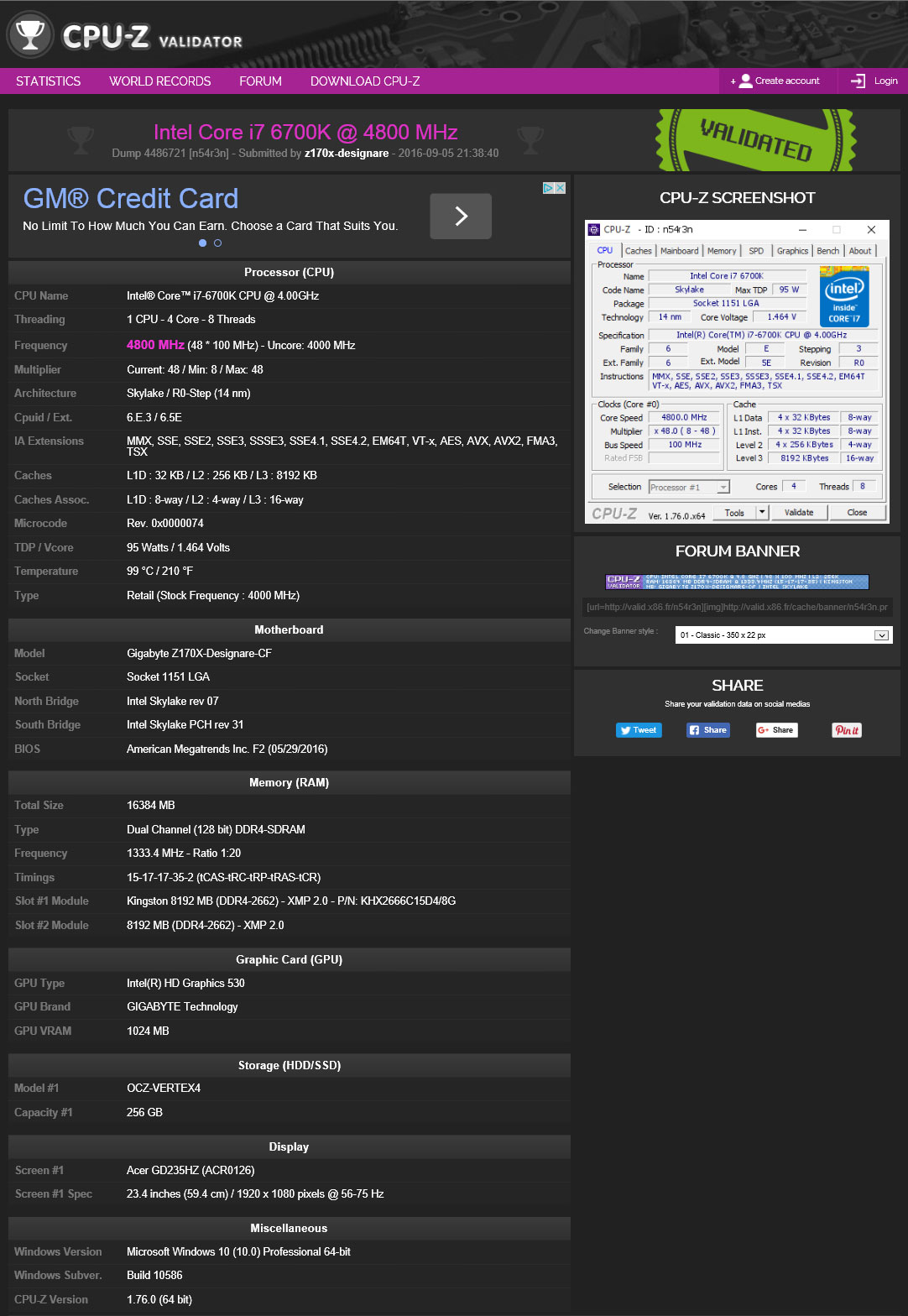
Infrared thermal images under 4.8GHz overclock load after 10 minutes:
Now onto the rest of the UEFI layout. The third tab is the BIOS features page which allows users to change boot priorities and set other boot options.
The fourth tab is the Peripherals tab which has the bulk of the motherboard related functions including enabling/disabling hardware such as USB, SATA, display and provides LED control.
The Ambient LED page under peripherals allows users to change the embedded or the plugged-in RGB LED to the Z170X-Designare. Unlike the software Ambient LED option, Gigabyte allows users to adjust the value via R-G-B sliders.
The fifth tab is the Chipset page which toggles features on both the Z170 chipset and CPU northbridge such as internal graphics, audio controller, VT-d and PCH LAN Controller.
The sixth tab is the Power Management page which enables or disables power saving features as well as several platform power options.
The last page is the Save and Exit page where users can save and exit or save as well as load a profile locally. As with every decent exit page, there is a quick single-click boot override option.
